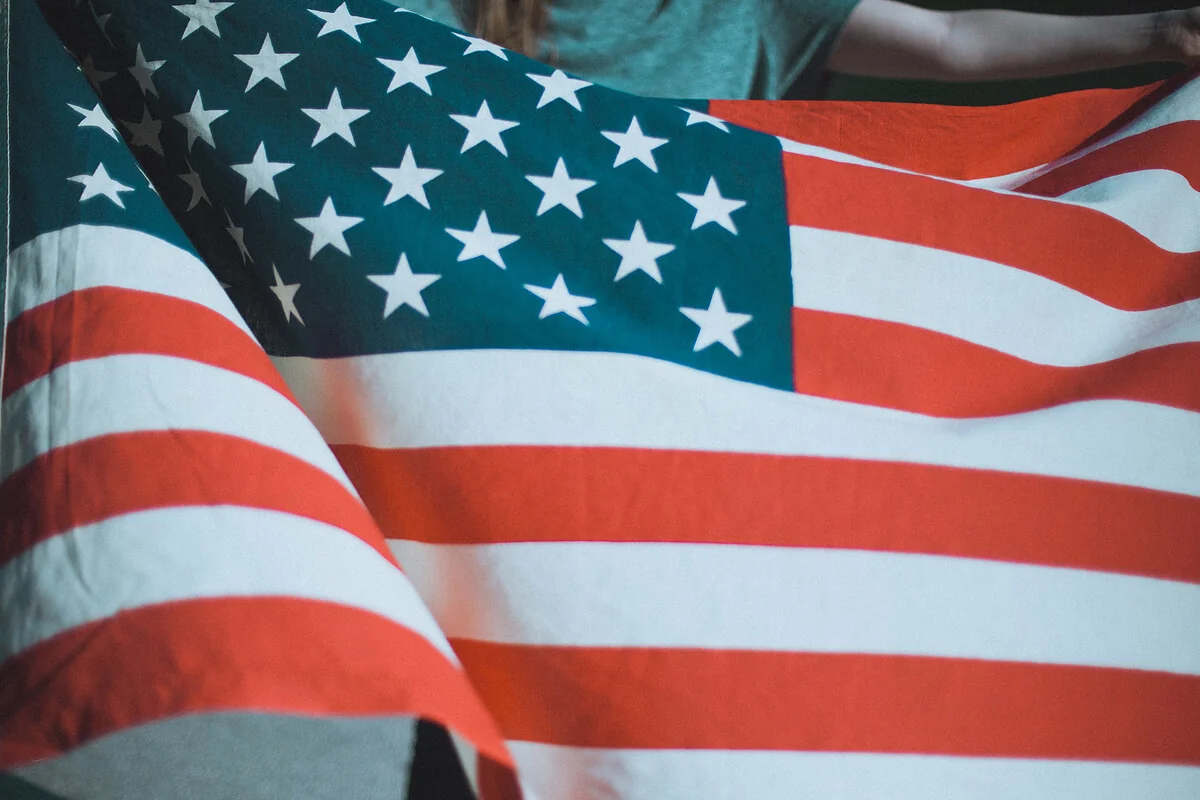Modern marketing can be very hit or miss, but every once in awhile, you hear about marketing stories that changed behavior. While some digital marketing companies in the USA have become savvier with technology such as artificial intelligence, others are stuck in traditional ways of thinking. What follows includes a list of brands who worked with innovative marketing agencies to create stories that literally changed the way that people behaved.
Santa Claus
 It’s no coincidence that Santa Claus sports the same as the world’s favorite soft drink. Coca-Cola is the company responsible for popularizing the most well-known image of good old Saint Nick. Santa’s red and white suit is in fact based on the same colors associated with Coca-Cola and their branding.
It’s no coincidence that Santa Claus sports the same as the world’s favorite soft drink. Coca-Cola is the company responsible for popularizing the most well-known image of good old Saint Nick. Santa’s red and white suit is in fact based on the same colors associated with Coca-Cola and their branding.
Santa Claus was prominently featured in Coca-Cola advertisements since the 1920s and continues to be in today’s more modern features. Archie Lee of the D’Arcy Advertising Agency is the executive with the vision behind Coke’s Santa. Illustrator Haddon Sundblom executed his vision into the Santa we’re most familiar with using the 1822 poem “A Visit From St. Nicholas.”
Coca-cola’s Santa is one of the biggest marketing stories that changed behavior — we see their version of Santa everywhere during Christmas Time.
Toothpaste
 You don’t actually need toothpaste to have clean teeth. But we associate the fresh taste with a clean feeling, and toothpaste has continued to be a staple in bathrooms around the world since its initial advertising success.
You don’t actually need toothpaste to have clean teeth. But we associate the fresh taste with a clean feeling, and toothpaste has continued to be a staple in bathrooms around the world since its initial advertising success.
Claude Hopkins (author of Scientific Advertising) is the marketer responsible for our modern obsession with toothpaste. Hopkins took a psychological approach to convincing people to use toothpaste. He found a problem, offered Pepsodent (the name of the toothpaste he helped popularize) as a solution, and created a craving that turned into a ritual. The film on your teeth was the trigger for all of it. The rest is history!
Proposing with a Diamond Ring
 The modern engagement ring as we know it and the story behind it was invented by none other than ad agency N.W. Ayer for their client De Beers in the early 1900s.
The modern engagement ring as we know it and the story behind it was invented by none other than ad agency N.W. Ayer for their client De Beers in the early 1900s.
The campaign was set in motion during a time when big spending was considered to be irresponsible. Instead of trying to work with society, De Beers (and their ad agency) aimed for a more disruptive approach. But before trying to sell diamonds with an insane profit, De Beers had to monopolize and stabilize the industry.
Through extensive research and surveying of customer attitudes, De Beers determined that they needed to link the process of buying a diamond to an emotional experience. Their slogan, “A Diamond is Forever,” became a top advertisement in the United States and popularized the now standard practice of purchasing an engagement ring with a diamond.
The American Dream
 The idea of “The American Dream” has been associated throughout our nation’s history with an idealized life that’s only possible in the good old United States of America. Because of these implications, both businesses and politicians have used it to connect with their audiences and mold it to their specific viewpoints.
The idea of “The American Dream” has been associated throughout our nation’s history with an idealized life that’s only possible in the good old United States of America. Because of these implications, both businesses and politicians have used it to connect with their audiences and mold it to their specific viewpoints.
Fannie Mae (the Federal National Mortgage Association) is a government-sponsored company that also exists as a publicly traded company. They popularized the slogan “The American Dream” in association with the idea of getting a mortgage — and owning over renting. Unfortunately, we know how this story ends. Unqualified homeowners were able to get subprime mortgages, and the housing bubble crashed in 2008 (with widespread negative implications for society at large).
The lesson here? Just because you can change behavior, doesn’t mean you should. Effective marketing can have devastating consequences.
The iPad
 Nobody knew they needed a device that could fit 1,000 songs in their pocket until Apple popularized the first iPod. Competition eventually emerged thanks to brands like Microsoft’s Zune, but soon dropped out of the running due to an incongruence between the device and the story they were selling in tandem with it.
Nobody knew they needed a device that could fit 1,000 songs in their pocket until Apple popularized the first iPod. Competition eventually emerged thanks to brands like Microsoft’s Zune, but soon dropped out of the running due to an incongruence between the device and the story they were selling in tandem with it.
When Apple tried to replicate their success with their iPad tablet, people were initially skeptical, making fun of the brand for their “oversized iPod.” But thanks to a great story and well-positioned ad campaigns, Apple was again able to tell marketing stories that changed behaviors in their loyal customer base. Almost everyone has at least one of these devices, and they are conditioned to continuously buy new versions as Apple adds features. This is a developing story as the brand continues to innovate as the years go on.
It’s interesting to see how these brands were able to create marketing stories that changed behaviors. Obviously, this list isn’t exhaustive and there are plenty of other great examples that fit within the idea of this article. Have one to share? We’d love to hear your thoughts in the comments below.




